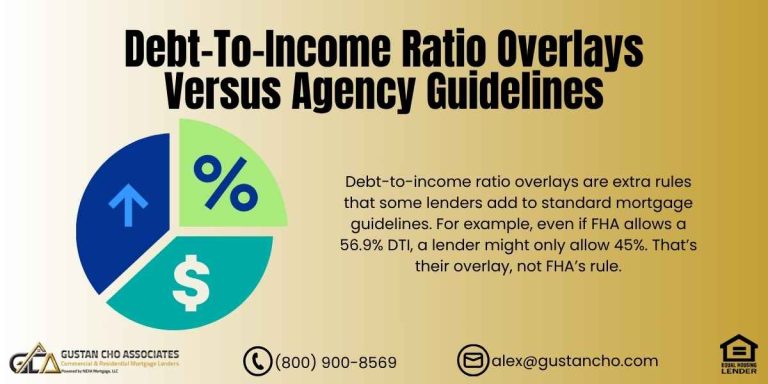This BLOG On Minimum Loan Amount On Mortgage Programs On Home Purchases Was PUBLISHED On June 22nd, 2020
Most home buyers and refinance mortgage loan borrowers know about maximum loan amounts.
- FHA has a maximum loan amount of $331,760 in most parts of the country unless the property is located in a high-cost area
- Many areas of California are in high-cost areas are substantially higher
- With conventional loans, the maximum loan amount is $510,400 unless the property is located in a high-cost area
- Again, many counties in the state of California is considered high cost and loan limits can be substantially higher on government and conventional loans
- It is ILLEGAL to refuse borrowers due to the minimum loan amount
- Most lenders do not abide by this law and still have a minimum loan amount requirement
- There are no federal mortgage lending guidelines with regards to the maximum loan amount
- Minimum loan amount requirements are illegal but many lenders ignore this
- Minimum loan amount requirements depend on each particular lender
- Some lenders may have a minimum loan amount requirement of $50,000
- Others may have it set at $75,000
- Most lenders have minimum loan amount requirements of $100,000
In this article, we will discuss and cover the Minimum Mortgage Amount On Loan Programs On Home Purchases.
Why Do Lenders Have Minimum Loan Amount Requirements
As stated in the earlier paragraph, most lenders have a minimum mortgage amount requirements set at $100,000.
- However, there are lenders that will go down to as low as $50,000 loan amount
- The reason lenders have minimum mortgage amount requirements is because it requires the same amount of work to originate, process, underwrite, fund, and service a $50,000 loan as it does a $400,000 mortgage loan
- Lenders and loan officers get paid on a percentage of the loan amount
- For example, if a lender makes 1.0% of any mortgage loan amount, then the lender will make $500 on a $50,000 loan where the lender will make $4,000 on a $400,000 loan
- Whether a lender originates a $50,000 loan or $400,000 loan, the amount of work required and paperwork required is exactly the same
- Bottom line is that it is not cost-effective for a lender to originate, process, underwriter, fund, and service a small size loan
There are many instances where lenders can lose money originating loans under $100,000.
Mortgage Regulations On Small Sized Loans
The CFPB, Consumer Financial Protection Bureau, is a newly created government agency that is in charge of mortgage regulations:
- Its purpose is to protect consumers against predatory lending
- The objective is to make sure that all mortgage companies and loan officers are in compliance
- Mortgage regulators are always creating new rules and regulations to protect the consumer and to make sure borrowers understand what they are getting into
- Qualify Mortgage, QM, was created to cap fees charged by lenders of no greater than 3%
- Unfortunately, sometimes the creation of new rules and regulations end up hurting home buyers with smaller loan sizes than helping them
- To meet high cost rules, 3% of a $300,000 loan is $9,000
- There is plenty of wiggle room for fees, costs, and other charges for the borrower to go through with the mortgage loan and should cover the mortgage broker’s yield spread premium plus underwriting fees and doc fees
- However, on a $50,000 mortgage loan, a mortgage company normally has a $1,000 underwriting fee, $500 processing fee, and the yield spread premium ( Mortgage Broker Commission ) may be 2.5% which is $1,250
- The total so far is $2,750
- The maximum the lender is allowed to charge is no more than 3% of the $50,000 which is $1,500
- The $2,750 is far greater than the $1,500 allowed by mortgage regulations and due to this, the lender cannot do the loan
This 3% QM regulation is hurting the smaller borrower.
Refusing Borrowers Due To Minimum Loan Amount By Lenders
It is illegal for a mortgage lender to refuse a borrower due to having a minimum loan amount requirement. The CFPB will crack down on any lender that refuses a qualified borrower that gets turned down for a mortgage due to lower loan size. Even if the lender will take a loss on the mortgage transaction, they need to process, underwriter and fund the loan. Most borrowers do not know this and most lenders still continue on with the practice of setting minimum loan amount limits. Almost all loan officers do not want to originate any loans under $100,000. However, there are properties that are lower priced throughout the United States.









